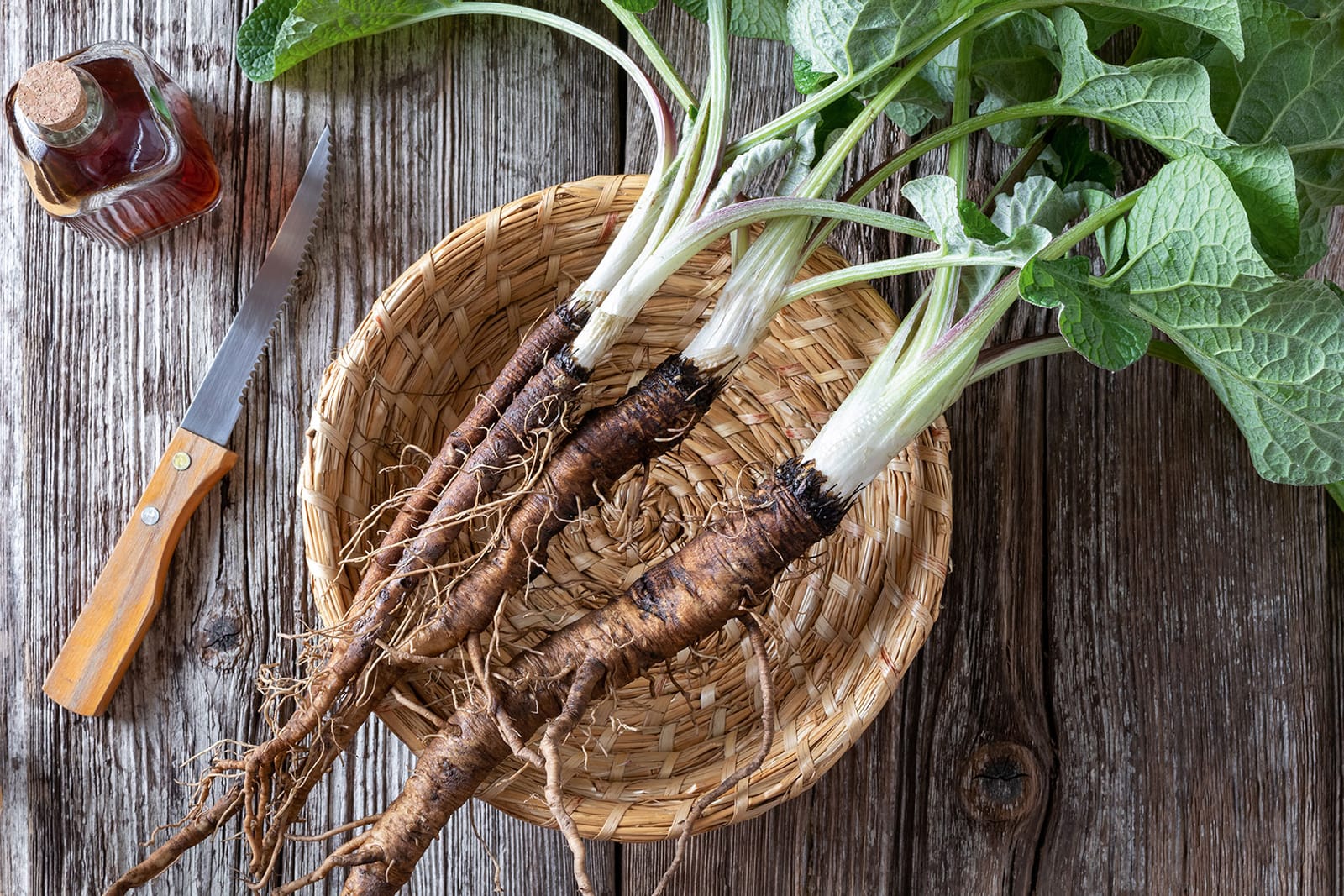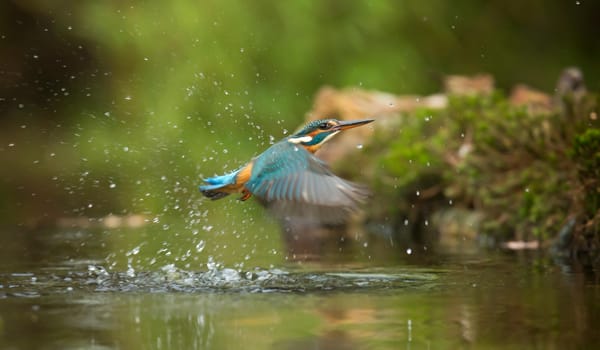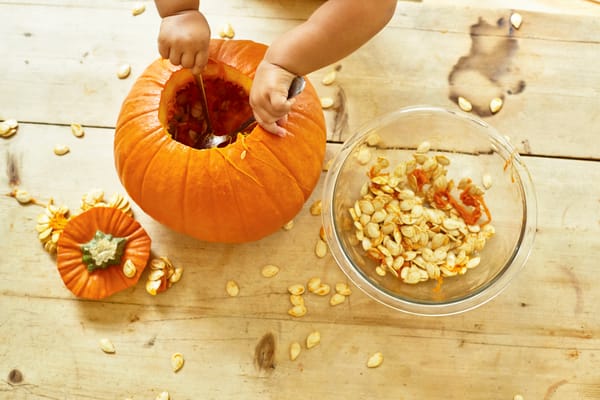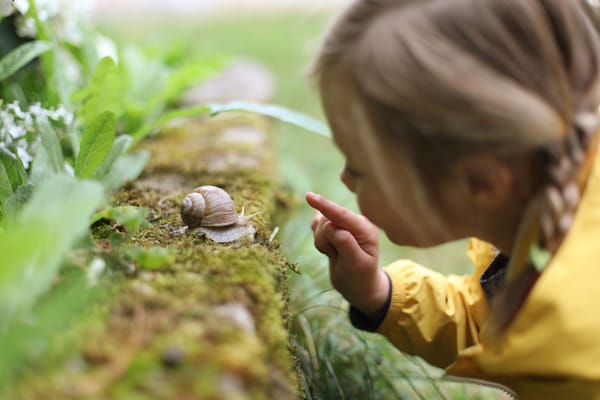Andy Hamilton gets excited about the rich, comfort food available in trees and in the ground autumn months
The world starts to slow down in November, the trees are losing their leaves, many plants rot back into the earth, the birds fly off to enjoy time in their second homes taking with them their song, humans retreat from the local parks favouring indoor pursuits and it seem that only the local tawny owl stalks the night.
For me it’s also a time to start eating. I’ve stopped beating myself up about it and just accepted that salads no longer cut it in the months of the lower sun. All my winter trousers are all a touch wider around the waist and far more comfortable than my summer shorts.
Of course this is a natural state for humans; food is scarcer during the winter months and so we need to put on a few pounds to see us through – and it appears that I’m not alone. Countless studies suggest an increase of a kilo or two in the winter isn’t uncommon for most.
If you have squirrels living near you, then you might notice them gaining the pounds too – their physique now a far cry from the bounding, muscular, thin summer squirrels that skimp across the woodland floor. My daughter loves them at this stage and we often stop to watch them stuffing their faces with acorns.
It’s not just us humans and the squirrels that put on weight, plants do the same too. They store energy to see themselves through the colder months. You might not see the plants switching salad for pies or stuffing themselves with pizza; instead their roots will have swollen up and are therefore ripe for the plucking.
What to Forage for in November
CHESTNUTS
These beautiful trees, introduced by the Romans, are often found growing in parks and gardens across the country, occasionally wild from a rogue nut. Our two favourite trees are just a couple of miles from our home, on a common near to where we lived when we first moved to Bristol.







